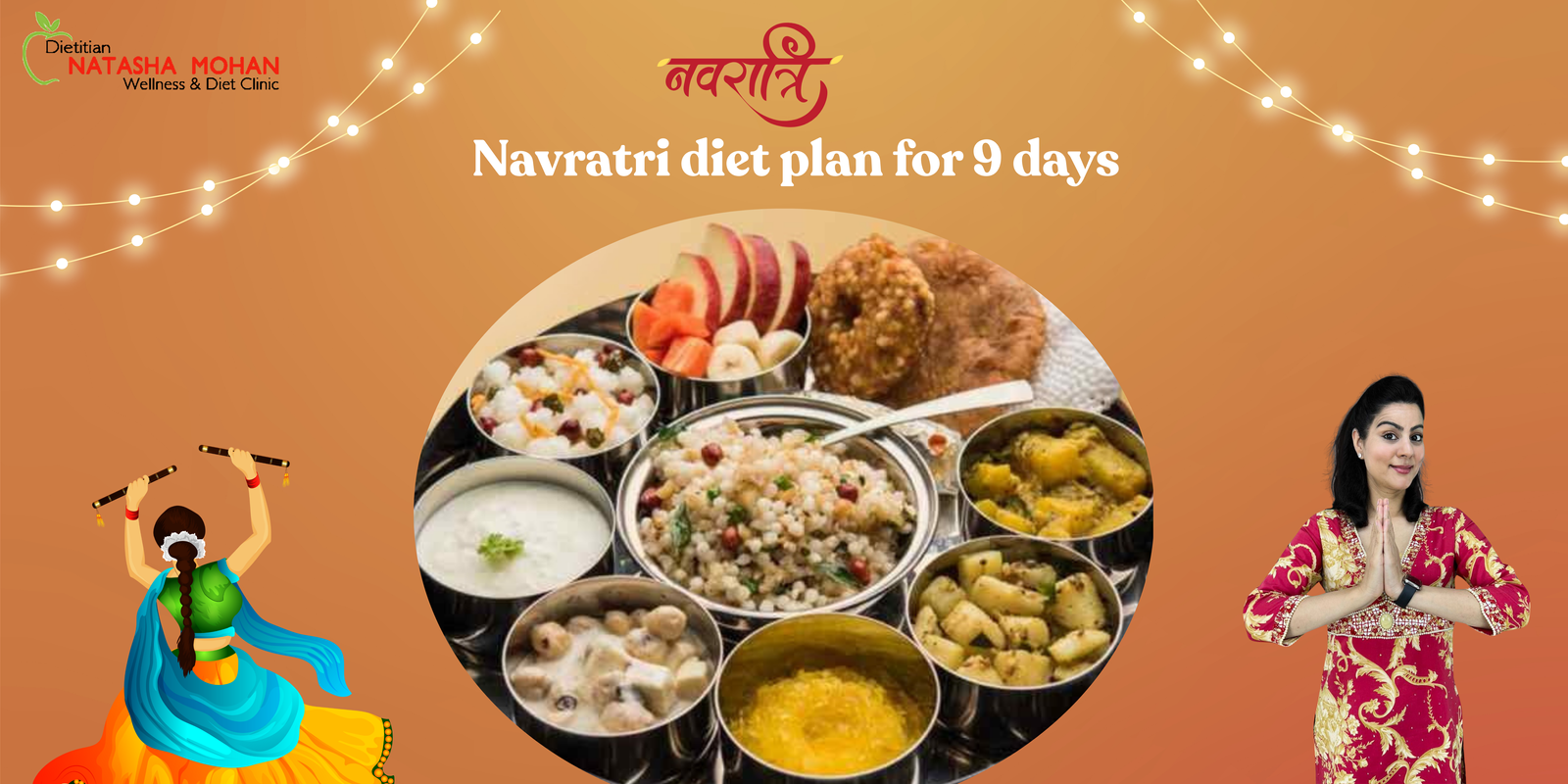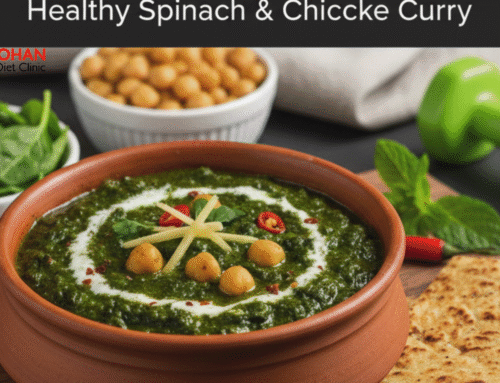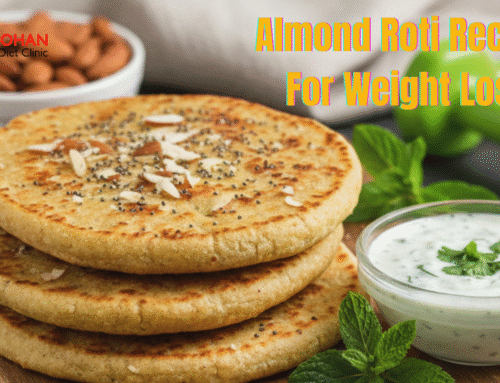

Dt. Natasha Mohan
Dietitian Natasha Mohan is one of the most influential and renowned nutritionist and dietitian, with over 3 Million Followers on YouTube and 200+ Million Views and with 10+ Years of Experience. Dietitian Natasha Mohan is a transformation expert, Motivational Speaker and Lifestyle Expert. She has touched million of lives. She specializes in Therapeutic Diets Like, PCOS/PCOD, Thyroid, Diabetes, Cholesterol, Blood pressure, and other lifestyle disorder.
Table of Contents
Navratri diet plan for 9 days healthy fasting guide
Introduction
Navratri is known for worship of goddess durga and her nine forms. Fasting symbolizes cleansing of the body, mind and soul which show devotion, humanity and surrender towards goddess durga.
During fasting sattvic diet show purity and balance towards body and soul which emphasizes fresh, natural and minimally processed and it is not only cleanse the soul but has physical and mental health benefits.
In this blog I will share 9 days Navratri diet plan with meal suggestion which will help you to follow fasting rules with essential nutrients requirements
Why follow a Navratri diet plan?
- Supports spirituals practice – A sattvic diet during fasting in Navratri show purity, calmness and focus that will help devotees to connect deeply with Goddess durga.
- Maintains health & energy – Following a proper sattvic diet plan ensures that if body getting enough nutrients while avoiding fatigue, acidity, or weakness during fasting.
- Seasonal detox – Navratri comes at a seasonal change and during fasting if a person eating sattvic foods which detoxify the whole digestion system and boost immunity.
- Maintain energy level – During fasting our body become week which require some nutrients to work further so if you follow sattvic diet plan your body will reciprocate easily with divine devotions of goddess durga.
Key rules of Navratri
- Eat only sattvic food: During Navratri fasting we should avoid eating onion and garlic which represent tamasic food that contains impurity for body and soul. It calms the mind, balance the body and support spiritual practices.
- Replace regular grains with vrat grains: Despite of using whole grains, you can replace them with kuttu, singhara, and Sabu dana which is gluten free and light to digest and provide steady energy during fasting.
- Eat natural obtaining food – Eating fresh fruits, milk and dry fruits give natural energy which contains essential nutrients that keeps body nourish without heavy intake of food. Which regulate body to work naturally and follow the spiritual energy without hindrance.
Food to avoid during Navratri fasting
- Regular grains – wheat, rice and sooji
- Legumes and pulses – chickpeas, kidney beans and lentils because it is heavy to digest
- Onion and garlic
- Non vegetarian food
- Alcohols and caffeine
Navratri diet plan for 9 days
Day 1
- Morning – Warm lemon water
- Breakfast – Fruits
- Lunch – Samak rice with potato curry
- Evening – Makhana roasted in ghee with herbal tea doesn’t contain caffeine
- Dinner – Sattvik lauki sabzi with Kuttu roti
Day 2
- Morning – Soaked walnuts
- Breakfast – Amaranth porridge
- Lunch – Sabu dana khichdi
- Evening – Fruit chaat with coconut water
- Dinner – Kaddu sabzi with sighare ke atte ki poori
Day 3
- Morning – Warm water with honey
- Breakfast – Sweet potato with mint chutney
- Lunch – Kuttu atta ka paratha
- Evening – Roasted sacks
- Dinner – Sama rice idli and tomato coconut chutney
Day 4
- Morning – Tulsi water
- Breakfast – Fruits cutlet of apple and banana
- Lunch – Rajgira puri and kakkdi ka raita
- Evening – Dry fruit mix
- Dinner – Panner curry with kuttu ki roti.
Day 5
- Morning – Herbal tea
- Breakfast – Sabudana thalipeeth with some curd
- Lunch – Same rice pulao with vegetables and some curd
- Evening – Coconut water and roasted makhana
- Dinner – Kuttu roti and aloo tamatar sabzi
Day 6
- Morning – Warm water with honey
- Breakfast – Rajgira halwa with dry fruits
- Lunch – Singhara poori and kaddu sabzi
- Evening – Cucumber salad with added sendha namak
- Dinner – Sama rice khichdi with some curd
Day 7
- Morning – Tulsi water
- Breakfast – Sabudana khichdi and curd
- Lunch – Kuttu roti, paneer sabzi with beetroot salad
- Evening – Roasted makahane
- Dinner – Sama rice dosa with coconut chutney
Day 8
- Morning – Warm milk with added saffron
- Breakfast – Sweet potato tikki and chutney
- Lunch – Rajgira poori, aloo tamatar sabzi with raita
- Evening – Fruits chaat
- Dinner – Sama rice pulao with including panner and veggies
Day 9
- Morning – Herbal tea
- Breakfast – Sabudana kheer with dry fruits
- Lunch – Kuttu roti with panner curry
- Evening – Banana chips (fasting chips)
- Dinner – Sama rice khichdi with lauki sabzi
Healthy tips for Navratri fasting
- Stay hydrated: While fasting we need complete water to support nutrients drinking coconut water and lemon water prevents dehydration maintain the body temperature, flushes toxins and maintains energy levels.
- Eating small and frequent meals: When we take fast for Navratri by eating less but actually it measure how your body maintain relation with energy of nature which is sattvic energy connect with divine so eat natural food instead of heavy meals at one time and empty stomach whole day can cause digestive issue.
- Choose healthy cooking methods: We often use large amount of oil and spices for food cooking which is not consider Navratri friendly. Despite of using too much oil just use minimal ghee to cook food.
Navratri diet plan benefits
- Detoxifies the body: The sattvic diet includes fresh and seasonal fruits, vegetables and Vrat grains helps cleanse the digestive system and flush out toxins.
- Maintains energy levels: A planned diet basically balances the all the nutritional intake like carbs, proteins and healthy fats which preventing weakness during fasting.
- Supports mental clarity & calmness: Fresh sattvic foods reduces stress which enhance focus and calm our mind which was kept running by world ki busyness day to day work, busy lifestyle and irregular diet that make our mind so disturb.
Conclusion
Following a structured Navratri diet plan for 9 days is not just about keeping your stomach for goddess durga but to show your devotion how you can reciprocate with divine with natural power by avoiding fried foods in navratri days. There are key rules of Navratri fasting which represents disciplines towards devi Durga how you can meditate on her by avoiding following rules and regulation. We think fasting can makes us week but if you eat sattvic food in regulation which has health and mental benefits but stay hydrated during fasting. For your navrati fasting all the best may goddess durga keep you healthy and safe jai mata di.
No, you should avoid eating rice and wheat during Navratri fasting you can replace it with vrat grains like sama rice and kuttu.
In ayurveda onion and garlic considered tamasic (heavy, impure) food which increase restlessness and reduce spiritual focus.
You should avoid regular iodized salt despite of it you can use sendha namak (rock salt) during fasting.
Yes, milk and its products all are considered sattvic and commonly included in fasting meals.
No, both chocolates and bakery items contains preservatives which has grains and eggs are prohibited during Navratri fasting.







Leave A Comment